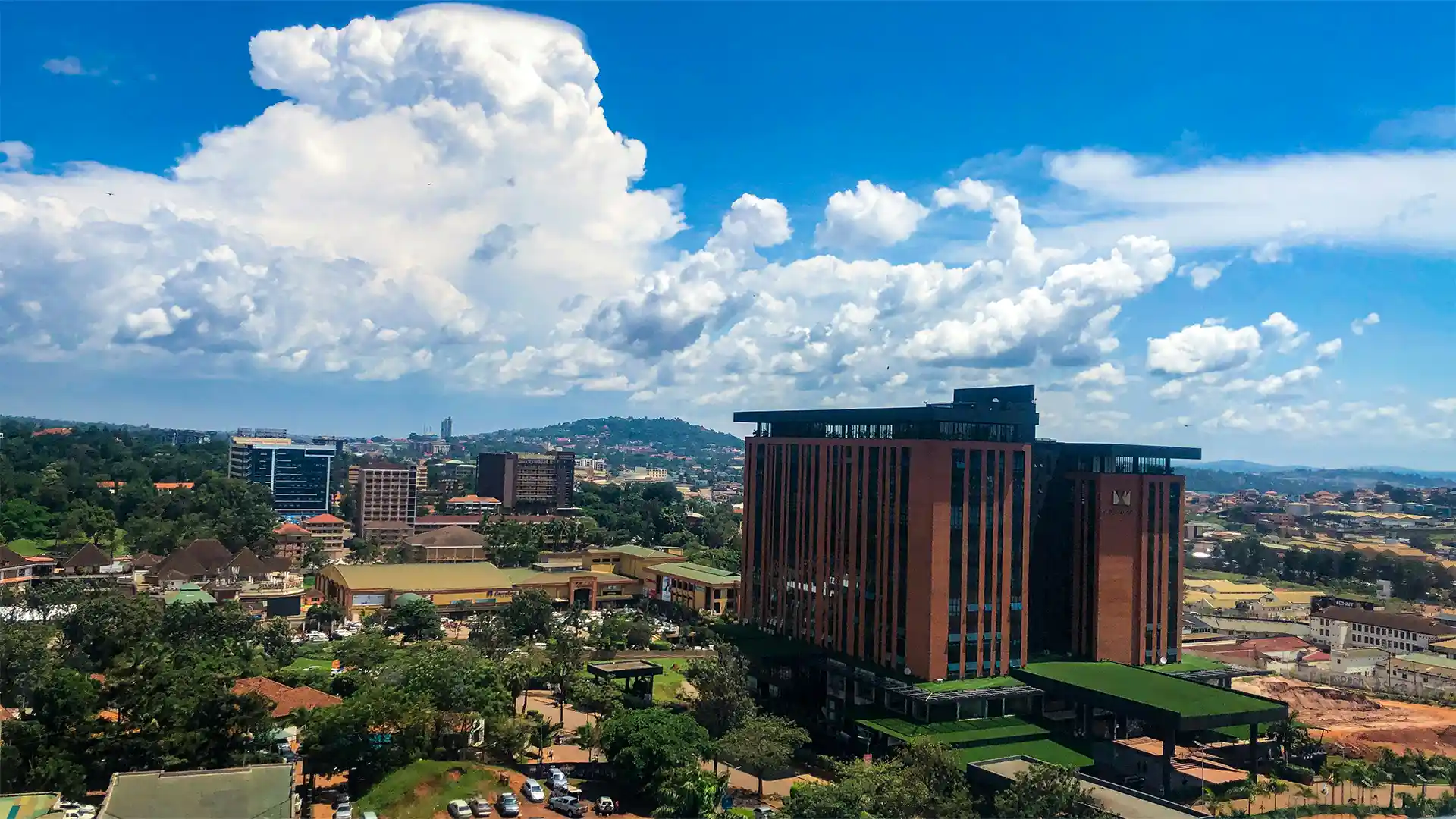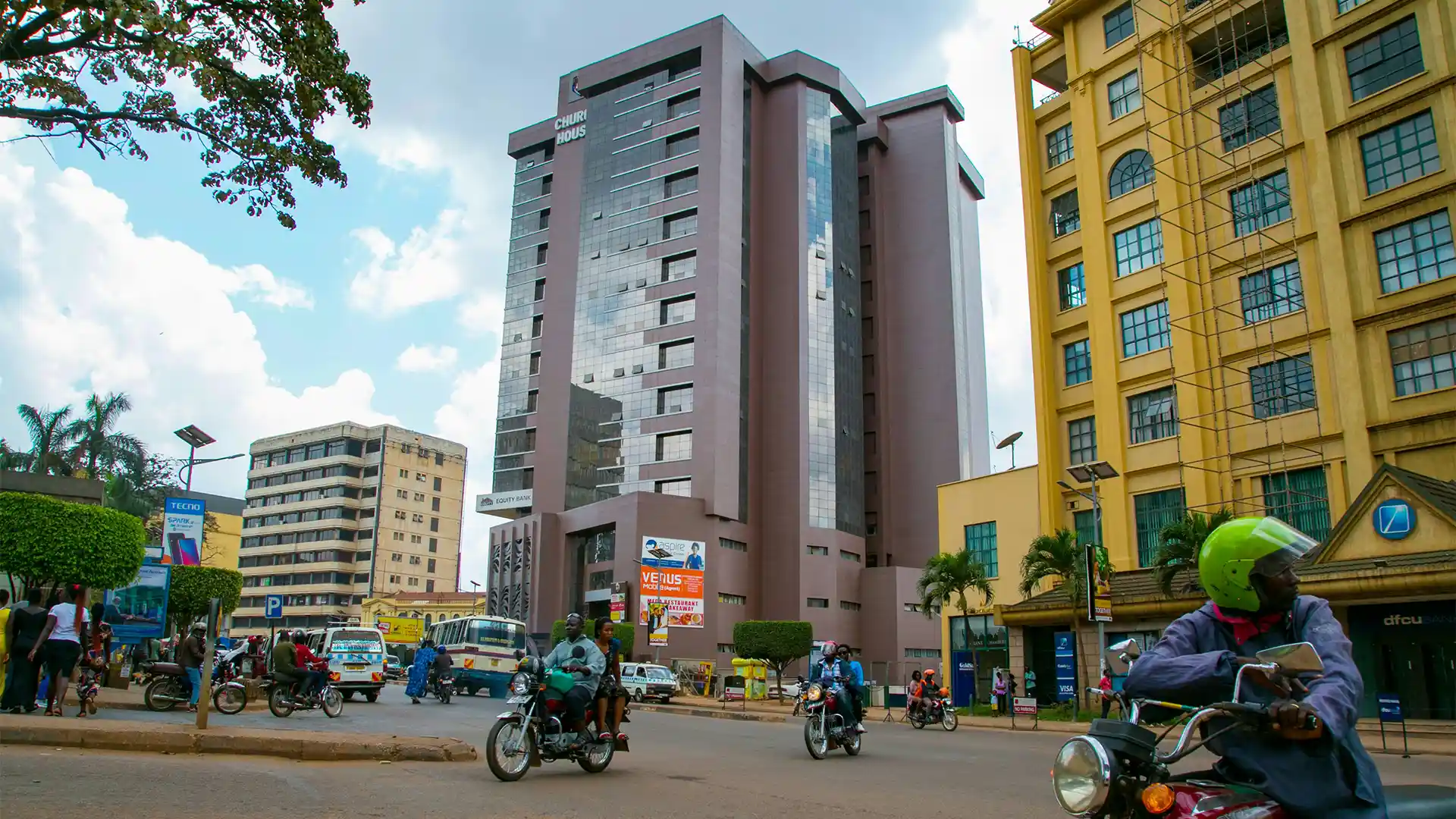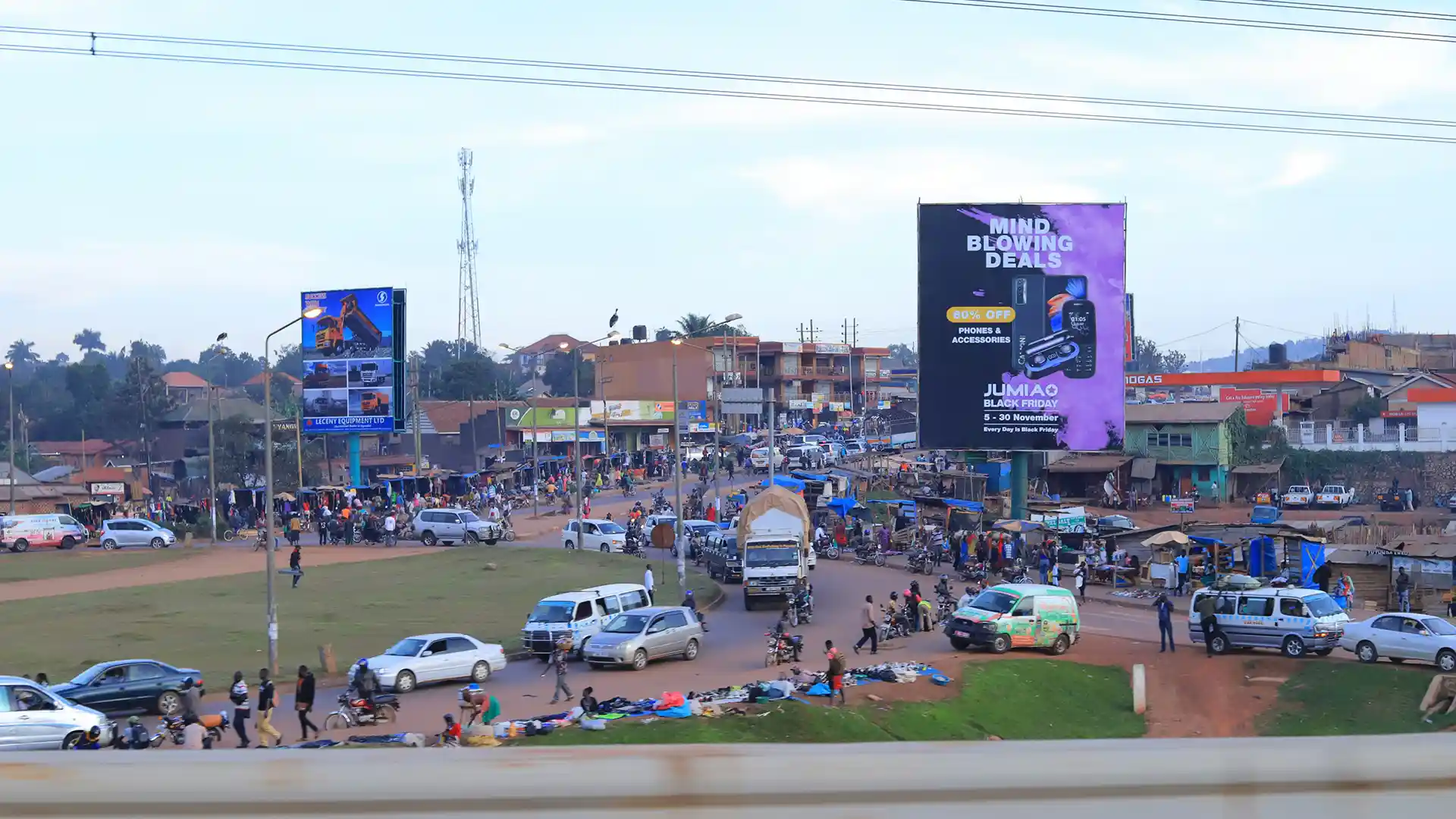Experience Kampala
Kampala is a city with a warm and welcoming atmosphere, where visitors can experience the true spirit of Africa.

Overview
Set on seven hills, this bustling city offers a blend of vibrant markets, sacred historical sites, and modern flair, all framed by the backdrop of Lake Victoria.
Kampala ranks among the top fastest-growing capital cities in Africa, with an annual population growth rate of 4.03%. According to the World Population Review, it is one of the most livable and commercially dynamic cities in East Africa, thanks to its expanding infrastructure, thriving economy, and strategic location near the largest lake in Africa.
City History
Originally part of the Kingdom of Buganda, the area where modern Kampala now stands was an important hunting ground for the Kabaka (king) of Buganda. The name “Kampala” is derived from the phrase “Kasozi ke’ empala,” meaning “hill of antelopes,” reflecting the abundant wildlife that once roamed its hills.
In the late 19th century, Kampala began to develop into an administrative center during British colonial rule. Sir Frederick Lugard, a British administrator, established a fort in 1890 on what is now known as Old Kampala Hill, marking the beginning of the city’s urbanization. The strategic location and natural beauty of the area made it an attractive site for British colonialists.
Following Uganda’s independence in 1962, Kampala grew rapidly, evolving into the political, economic, and cultural heart of the nation. The city is characterized by its mix of modern skyscrapers and historical landmarks, reflecting its colonial past and post-independence growth. Significant sites include the Kasubi Tombs, a UNESCO World Heritage Site and the burial ground of Buganda kings, and the Uganda Museum, which showcases the country’s rich heritage.
Kampala’s diverse population contributes to its vibrant cultural scene, with influences from various ethnic groups and religions. The city is known for its lively markets, such as Nakasero and Owino, where locals and visitors alike experience the hustle and bustle of daily life.
Things to See
The Uganda Museum: This museum is a must-visit for anyone interested in learning about Uganda’s history, culture, and people. The museum has a vast collection of artifacts, including traditional musical instruments, hunting tools, and traditional clothing.
The Kasubi Tombs: This UNESCO World Heritage Site is the burial place of the kings of Buganda, one of Uganda’s largest ethnic groups. The tombs are a significant cultural landmark and are a great place to learn about Uganda’s cultural heritage.
The Bahai Temple: This stunning temple is located on Kikaya Hill and is one of only eight Bahai temples in the world. The temple’s design is unique and features a dome made of 1,200 pieces of glass.
The Kampala Art Biennale: This biennial art exhibition is one of the largest in Africa and showcases contemporary African art. The exhibition features works from some of Africa’s most celebrated artists and is a great place to experience the continent’s vibrant art scene.
The Ndere Centre: This cultural center is a great place to experience Uganda’s traditional music and dance. The center features live performances by local musicians and dancers, and visitors can also learn how to play traditional instruments.

Getting In
By Air: If you are flying into Kampala, the most convenient option is to arrive at Entebbe International Airport. From there, you can take a taxi or private car into the city, which is about a 45-minute drive away. Alternatively, you can take a shuttle bus, which is a more affordable option but may take longer due to multiple stops along the way.
By Road: If you are arriving by land from another part of Uganda, you can take a bus or taxi to Kampala. Many bus companies operate daily services to and from Kampala, making it easy to travel between cities. The journey time will depend on your starting point but can range from a few hours to a full day. For those traveling from neighboring countries, such as Kenya or Tanzania, there are several border crossings into Uganda. From there, you can take a bus or private car into Kampala. It is important to note that border crossings can be busy and may require some time for processing.

Currency
The official currency used in Kampala, which is also the national currency of Uganda, is the Ugandan shilling (UGX). The Ugandan shilling is denoted by the symbol “USh” and is subdivided into 100 smaller units. The shilling is widely accepted throughout the country and can be used to purchase goods and services in Kampala, as well as in other parts of Uganda. The exchange rate of the Ugandan shilling against other currencies, such as the US dollar, fluctuates frequently and is subject to market forces.
General Knowledge Base
General information about Kampala city, Uganda.
The name Kampala comes from the Luganda word “kasozi ke’empala” which means “hill of the impalas”.
The largest market in Kampala is the Owino Market. It is known for its bustling atmosphere and a wide variety of goods.
The tallest building in Kampala is the 34 floor Kampala Intercontinental Hotel.
Boda-bodas (motorcycle taxis) are the most common mode of transportation in Kampala.
Kampala Road is the busiest street in Kampala, known for its numerous shops, banks, and restaurants.
Matooke (a type of green banana) is the most popular food in Kampala and is often served mashed as a side dish.
Makerere University is the largest and oldest university in Kampala, established in 1922.
The Kasubi Tombs, a UNESCO World Heritage Site, is the most popular tourist attraction in Kampala.
